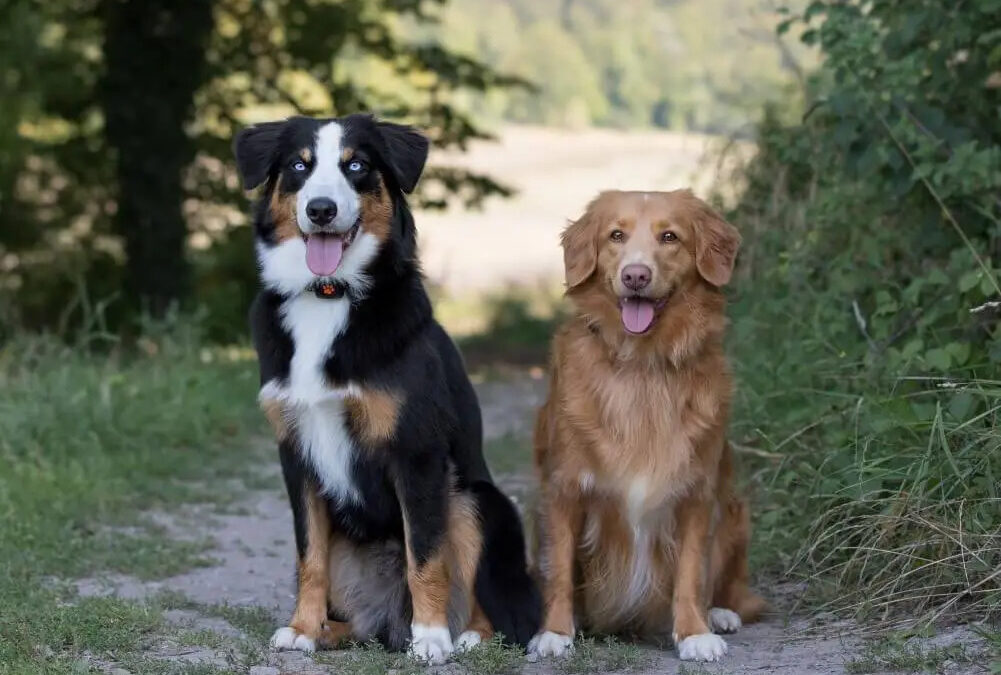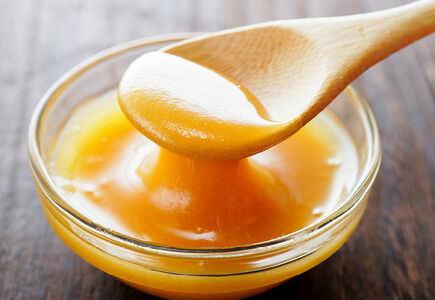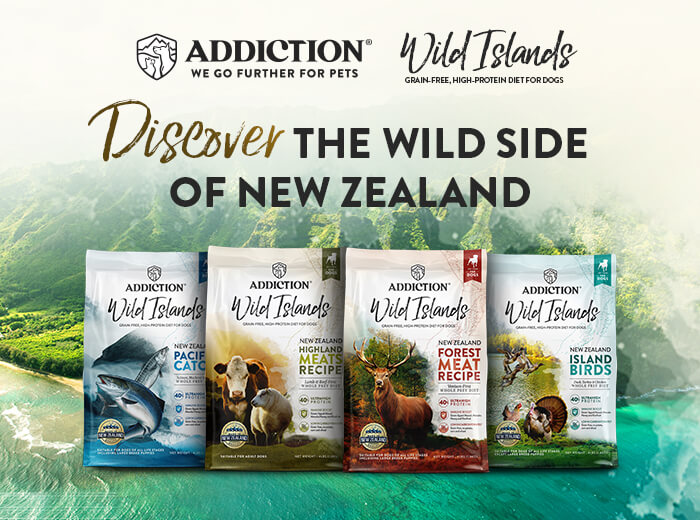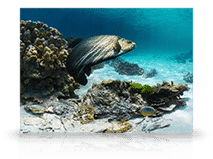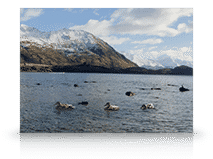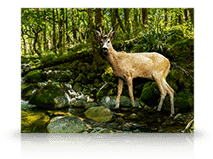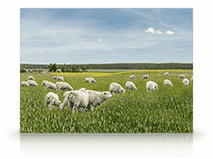One of the most common signs of a food intolerance in dogs, is chewing on their paws. Dogs can also chew their paws if there is an issue with their nails and sometimes dogs will do it from excessive boredom, but most of the time their diet is the reason.
Tis The Season
Did you know that dogs with seasonal allergies often also have food allergies or a food intolerance? The best way to make your dog healthy is to start from the inside with the right food. Start with a food with no artificial flavors or colors. Eliminate diets that use meat , corn, wheat or soy. Look for foods that use meat or meat meal (meat that has had the water taken out of it) as their first ingredient.
Limit The Ingredients If your dog is showing signs of a food intolerance or allergies, it’s best to limit the ingredients they are getting so you can tell what ingredient is the problem. Do this by checking the label on your dog food. Since protein is usually the culprit in food related problems, look for foods that only use one protein source.
Novel proteins are proteins that your dog has not eaten before. For some dogs, that can be as simple as switching them from a chicken diet to a lamb diet. Most dogs need something a little more than that, such as a venison or a salmon diet. Dogs with more severe intolerance or allergies can try proteins like kangaroo or brushtail which are unusual enough that most dogs can tolerate them.
Making the Change
Change your dog’s food over slowly. Give your dog a few weeks to adjust to the new food, while still feeding the old food. Once your dog has started eating the new food exclusively, you should notice the chewing diminish greatly. It may help to keep a food journal of what foods you have already tried. This can help if you need to look back at what has or has not worked for your dog.
For more tips and information on how to combat food allergies or intolerance, visit Addiction Pet Foods or sign up for our free e-book.



